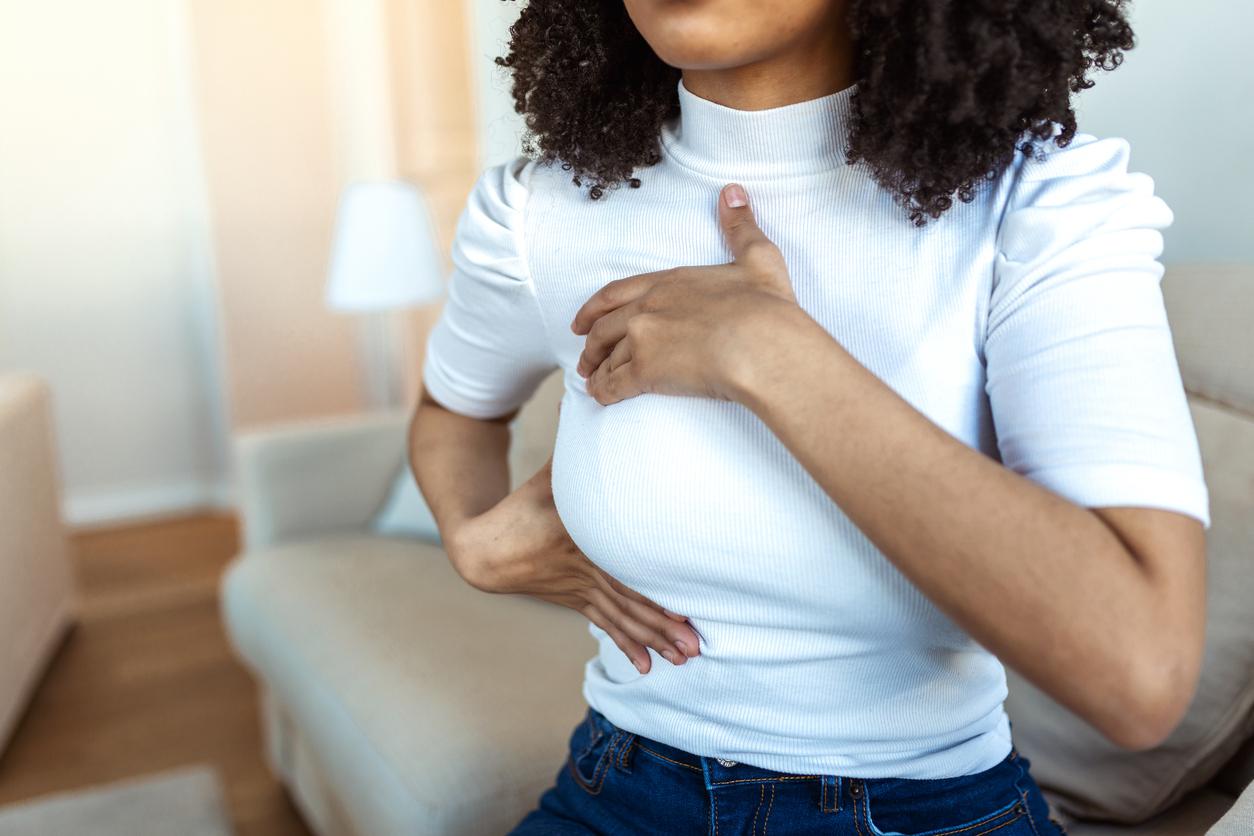Modeling from the Pasteur Institute suggests that to envisage a return to a life without restrictions by the fall, it is necessary to massively vaccinate all age groups. Vaccinating children could help lower this rate.

- The end of the restrictive measures can only be recorded if the number of Covid-19 hospitalizations does not exceed 1,000 daily admissions.
- In the event of immunization of children, it would suffice to vaccinate 60 to 69% of 0-64 year olds and 90% of those over 65 years old.
- Currently, about 18% of the population has received one dose of the vaccine and only 6% have had the two injections needed for full protection.
The light at the end of the tunnel? Each passing day brings us closer to the end of the health crisis when nearly 10 million first doses of vaccines have been injected in the territory. The Pasteur Institute has pre-published a study this Tuesday, April 6, in which he believes that to consider a return to a life without restrictions by the fall, it will be necessary to vaccinate massively.
Will we be able to completely relax the control measures this fall? Our latest analysis assessing the medium-term impact of vaccination is online. https://t.co/Mq3Qjp68Hz pic.twitter.com/gms8dr4s2y
— Simon Cauchemez (@SCauchemez) April 6, 2021
Less than 1,000 hospitalizations per day
To resume normal life, the study points out, 90% of the adult population should have received both injections, or the single dose in the case of the Johnson & Johnson vaccine, by next fall. The Institute’s researchers have developed mathematical models that make it possible to assess the impact of different vaccine strategies and “to plan for the longer term and to anticipate what vaccination coverage would be necessary in the different age groups in order to be able to relax the control measures”, they wrote in a statement. They argue that since the start of the pandemic, about 20% of French people have been infected with SARS-CoV-2“which is far below herd immunity”. They then estimated that vaccines reduce the risk of a severe form of the disease by 90% and the risk of being infected by 80%, not to mention the variants and their greater contagiousness.
According to this modeling, the end of the restrictive measures can only be acted upon if “the number of Covid-19 hospitalizations does not exceed 1,000 daily admissions (about 3 times less than what was observed during the first and second waves)”. “A total loosening of control measures is not only about getting back to life but also giving up testing/tracing/isolating”, added to the Parisian Simon Cauchemez, head of the laboratory for mathematical modeling of infectious diseases at the Institut Pasteur and main author of the study.
Vaccinating young people: the solution?
Although the vaccination of the oldest populations is well advanced, it would not be sufficient to allow the restrictions to be lifted. According to the models, if 90% of those over 65 are vaccinated but only 70% of those 18-64 are, then the complete abandonment of current restrictions would not be possible. “One of the strong messages that these models make it possible to convey is that even if I am not at risk, it is useful for me to get vaccinated so that we can return to a normal life.insists Simon Cauchemez. If we only vaccinated the most vulnerable people, it would not be enough.”
Currently, about 18% of the population has received one dose of the vaccine and only 6% have had the two injections needed for full protection. The objective of 90% of the adult population with a double injection by the fall seems difficult to achieve. Another solution, point out the researchers, would be to vaccinate the youngest. In case of immunization of children, it would be enough to vaccinate “60 to 69% of 0-64 year olds and 90% of over 65 year olds” to allow a total relaxation of the current measures. “If it is demonstrated that vaccines are safe and effective in children, vaccinating them could be interesting in order to reduce the circulation of the virus in this age group and not leave it in a position to transmit the virus to fragile and vulnerable people. unprotected”, believes Simon Cauchemez.


















